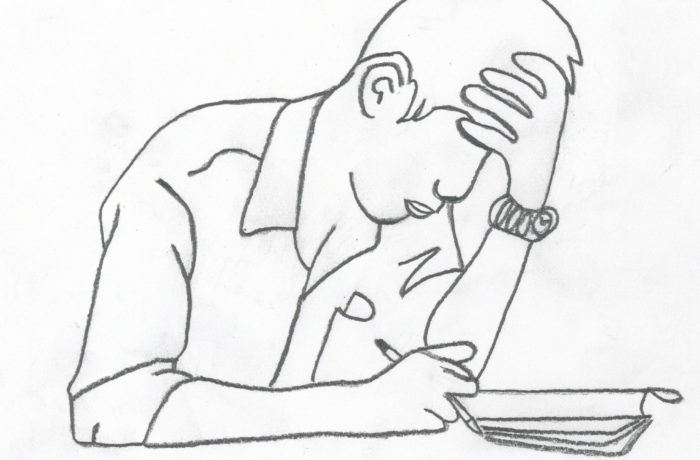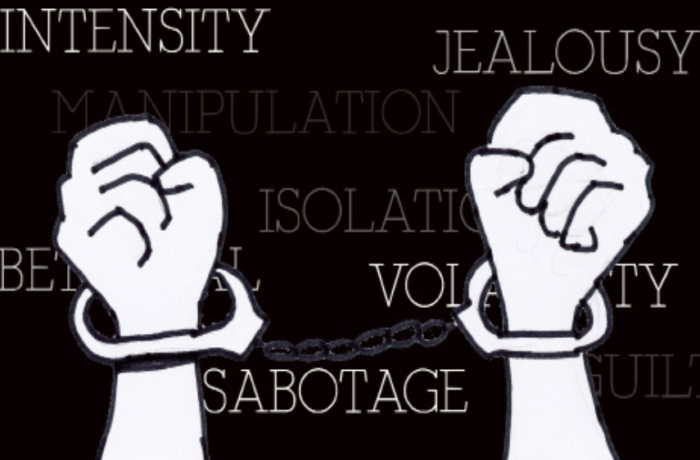
By Megan Friel
On a recent Wednesday evening, in Room 208, three students hunched over a table, eagerly awaiting their next tum in Magic The Gathering, a popular trading card game involving monsters, wizards, traps and spells. Between bursts of laughter and quick snippets of conversation, there is no place they’d rather be.
Magic The Gathering began in the early nineties, and continues to thrive in the present-day digital era. The card game made its way to Saint Michael’s College campus this year with the help of Laura Crain, the associate director for collection services at Durick Library, who now runs the game nights every Wednesday from 6:00 PM to 7:30 P.M.Crain first birthed the idea in trying to find different ways to reach out to a wide array of students.
“Magic is a very welcoming game, anybody is welcomed to the table,
it’s creative and fun,” said Crain. “It appeals to a wide swath of people.
One idea was different study breaks that the library sponsors. We decided let’s create the study breaks, and have students come into the library to work and study, and they can take a break and play Magic.”
The game involves playing cards de- signed with decorative art, from wizards to warriors, that can be traded, but are mostly used for play. Magic works turn to turn, while trying to summon creatures and use them to attack your opponent. The easiest way to win, says Daniel Chang ’20, is to take your opponents’ lives.
“The easiest way to win when you’re playing against other people is when you’re playing in a normal format, everybody starts with 20 lives,” said Chang. “You have to get the other player down from 20 to zero. You can do that by either attacking them with creatures, or attacking them directly with spells that do damage.”

The game can be played with two or moreplayers, but typically no more than five. Toan outsider looking in, the game can seem confusing, but to players like Eli Brown ’21, who has been playing for a little under a decade, he is right in his element.
“In the game, you’re kind of like a wizard,” said Brown. “You cast spells, you cast creature spells, you can cast enchantment spells. Basically your creaturesfight for you on the battlefield.There’s a lot more intricate
rules but basically you use your creatures attack and defend, and you can use equipment to power up your creatures. You can trade them, but mostly you play with them.”
Despite online games becom- ing increasingly popular in the last decade, Magic the Gather- ing has kept a steady fan base. Michael Pidgeon, an employee for Green Mountain Sports Cards and Gaming in Essex Junction, has been playing for years.
“There were different time pe- riods where it felt like Magic was about to die out,” said Pidgeon. “People kind of left, the cards weren’t as exciting, and then when Urza’s Saga [an expansion of Magic the Gathering] came out during that lull. It was a time period where those cards are so expensive now that people are kind like, ‘Oh, wow, this kind of boosted it back up.”
SMC players such as Chang, Brown, and Sam Berry ’22 say they continue to play because of the the social aspect the game brings.
“There’s definitely an in-person aspectto the game that you don’t get when you’re playing video games,” said Chang.
“The social aspect definitely adds,” adds Brown. “We talk during the middle of games and it’s really nice.”
While there is an online version of Magic, the in-person aspect remains one of the main attractions for players.
“It gives people a common language and it gives people something to talk about socially,” said Crain. “It takes some of the pressure off social situations. I think people are looking for opportunities to get together in person.”
Magic the Gathering game meetings have given students interested in playing an outlet to play, relax, and meet new friends. Magic The Gathering game meetings have given students interested in playing an outlet to play. relax, and meet new friends.
“It’s a way to relax, but it’s also a way to communicate,” Berry said. “Instead of sitting on your computer playing video games, you can talk to other people while playing. It’s like play therapy. There’s a reason that works, right?”


